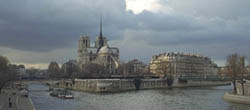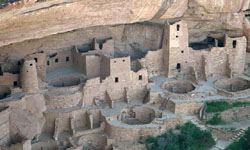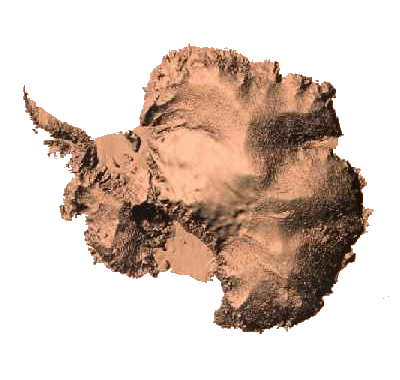Antarctica

A Complete Guide to its History, People, Cities and Culture



Photo Credits, top to bottom: Delphia, the city where visitors first arrive on the continent; Semei, on the northeast coast of Antarctica, known for its seafood, computer language industry and telekinesis experiments; Balloonists pass above the green hills surrounding Delphia, on their way back to the city; Detail of the ruins at Mimosa, where the most famous battle in Antarctican history occurred in 1403 B.C.
BUY MY BOOKS | HOME | FICTION | ESSAYS | ON-LINE DIARY | MARGINALIA | GALLERY | INTERACTIVE FEATURES | FAQ | SEARCH ENGINE | LINKS | CONTACT
www.ralphrobertmoore.com
the official website for the writings of
ralph robert moore

Beliefs
There are no churches, synagogues, temples, or other "houses of worship" in Antarctica. Such buildings are not forbidden- there is nothing in Antarctica that is forbidden- however, the people themselves have no interest in what is generally referred to as "organized religion". The sense of most Antarcticans is that religion is an attempt to reproduce the epiphany, authentic or not, of the religion's founder or inspiration, through ritual. Antarcticans tend to find gentle humor in this concept.
There is no one in Antarctican history who is thought to have been a god. There are no texts which are believed to be divinely inspired.
Although Antarcticans are not religious, they are a spiritual people. Most of them do believe in prayer, an afterlife, and the importance of helping others. Indeed, almost any conversation in Antarctica other than the most casual one will at some point float towards the metaphysical. Antarcticans enjoy having long discussions about the nature of existence, which can unintendedly put to a disadvantage visitors not used since adolescence to participating in serious conversation. Many of these discussions, at least when only Antarcticans are present, are conducted in German, because of the subtlety of philosophical meaning which can be expressed in that language.
When reference by Antarcticans to the "Five Concepts" was first made, and perhaps because of the casualness of those early allusions, there was speculation among those studying Antarctica that the concepts might in fact be religious precepts, much like the "Ten Commandments" of the West. However, although there is still very little known about the concepts, it now appears that although the concepts are meant to provide insight, it is an insight meant to be practical rather than religious.
At this point, we know the name of only two of the five concepts, nin, pronounced like the German "nein" or the English "nine", and elf.
nin is bus, which makes translation difficult, but the word apparently holds as one of its aspects the idea of "absence [end], which by its absence [end], creates [makes more significant][deceives] possibilities [truths][broadenings or expansions]." "Deceives" is sensed to not have a negative connotation in the context of the translation.
As a concept, nin apparently has a wide variety of applications, both philosophical and physical (it is suspected each of the concepts exist not only in language form but also in physical form, but this is speculation at this point).
It is known that nin, in one of its physical manifestations, refers to the idea of invisibility as it was practiced by Antarcticans while they traveled abroad over the eons prior to the revelation of the "true" Antarctica. In that aspect, nin translates roughly as "being where the other [where the other's attention] is not". Antarcticans achieved invisibility during travels abroad not by actually being invisible, but by remaining outside the vision field of anyone who might see them. For example, an Antarctican might be in a room where there is also another person, but not be seen by that person simply because the Antarctican, with the extraordinary adeptness of their race, always remains behind the person's back. "Not invisible, but not see-able, and therefore not visible," as it's sometimes expressed. (It should be added that the practice of this particular physical aspect of nin, being invisible among others, was done only as a means of self-defense, and is not done today, other than as a physical exercise among Antarcticans).
About the second concept, elf, little is known, although it is likely the concept includes the Elf animal native to Antarctica. The names of the remaining three concepts are not known, nor is anything known about their nature. It is also unclear how the concepts were developed, and the extent to which they are used in everyday life. Because each of the concepts is extraordinarily complex, discussion of them among Antarcticans is conducted almost exclusively in bus, rather than German.
Not surprisingly, Antarcticans, because of their long, uninterupted history, have created a vast store of folklore. Unlike most races, however, Antarcticans appear to place some credence in these stories, as if they were historical events, rather than imaginative fairy tales. Presumably, this suspension of disbelief is meant as a gesture of good will or respect towards the creators of the tales. The most prominent figures in Antarctican folklore are the notisas, a race who supposedly inhabit the "Great Hollow" region of the continent, and who are portrayed as the still-extant ancestor race of the wohui (the bus word for "Antarctican". The bus word for "Antarctica" is wohum).
print this article